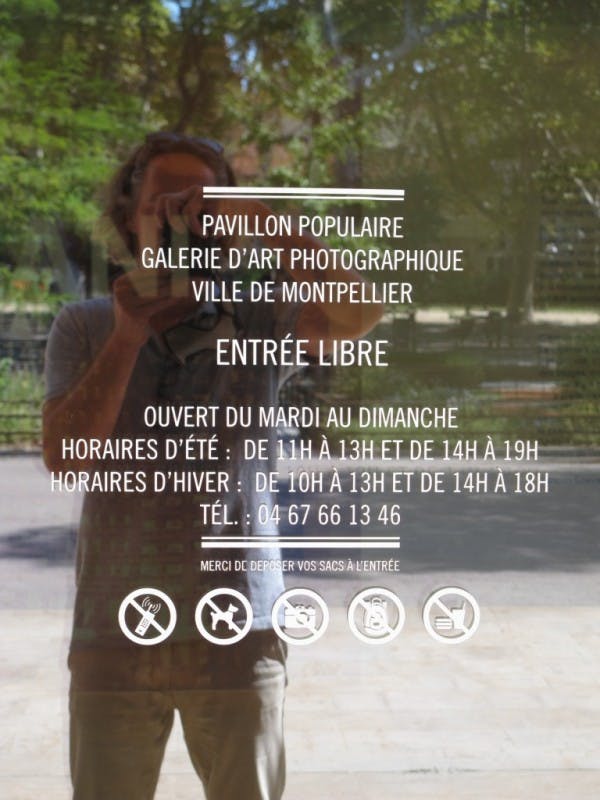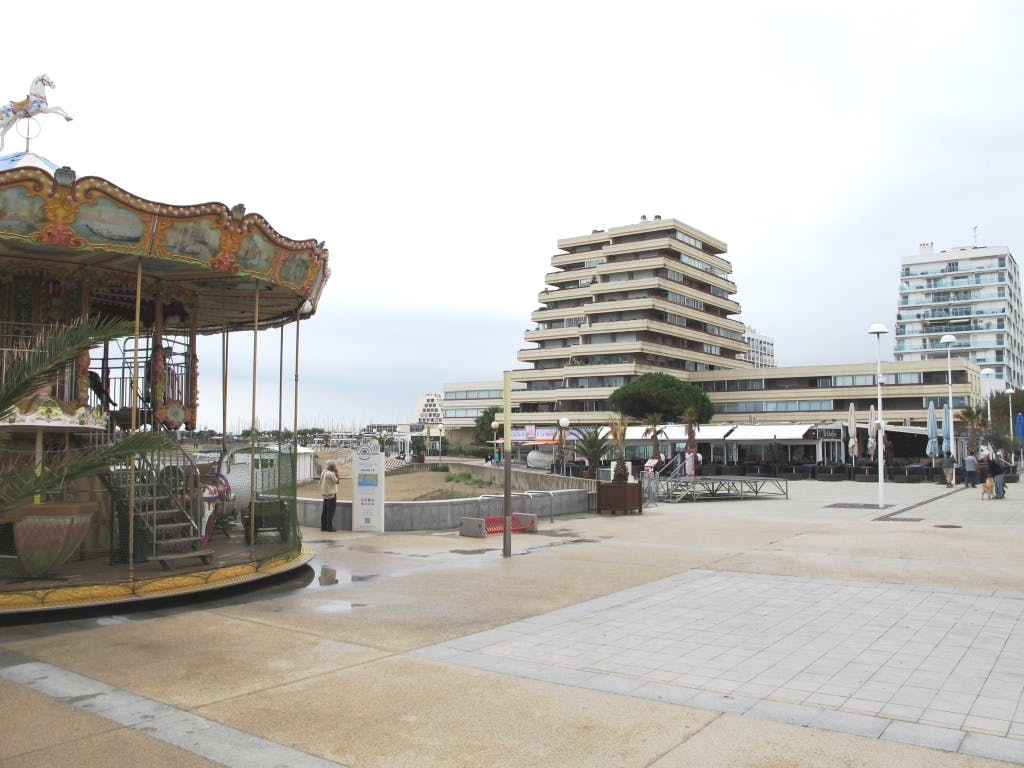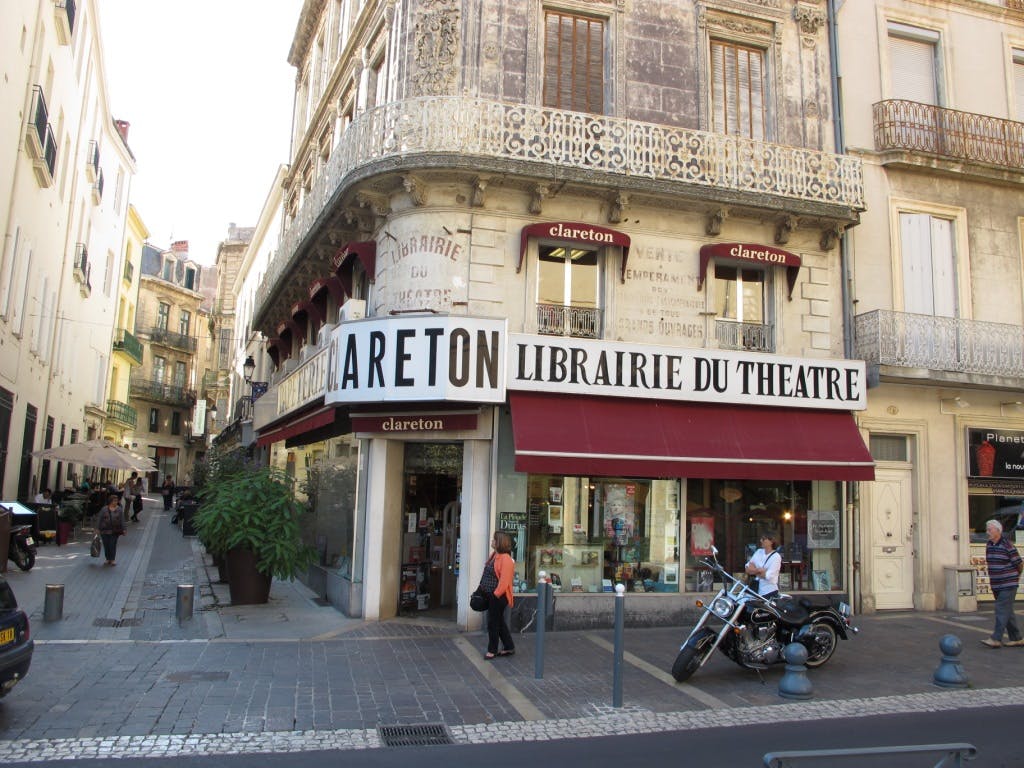Walter Keller was a man who (at least for me) reinvented the rusty image I had of photo books from the postwar times well into the 1980s. Scalo books were different from other books by publishers I knew. Scalo’s program was a great mix of historical, contemporary, fashion, and documentary photography books. Their design was fresh and always unexpected. I had no idea what Walter was doing exactly, but I liked his taste, style, and choice of artists and collaborators. For me, he was the publisher to watch and follow in the 1990s and into the new millennium. If you look at many of the current publishers and their program, it becomes clear that Scalo was their role model, and this includes even the biggest and most prominent names in the photo book publishing game. But around 2003, I could tell that Walter was losing his publishing spirit, as his comments became more somber and his visions on the future of book publishing darker. Having gone through a similar phase and feelings myself in the last years, I understand him today better than at the time when Scalo finally folded (2006).















